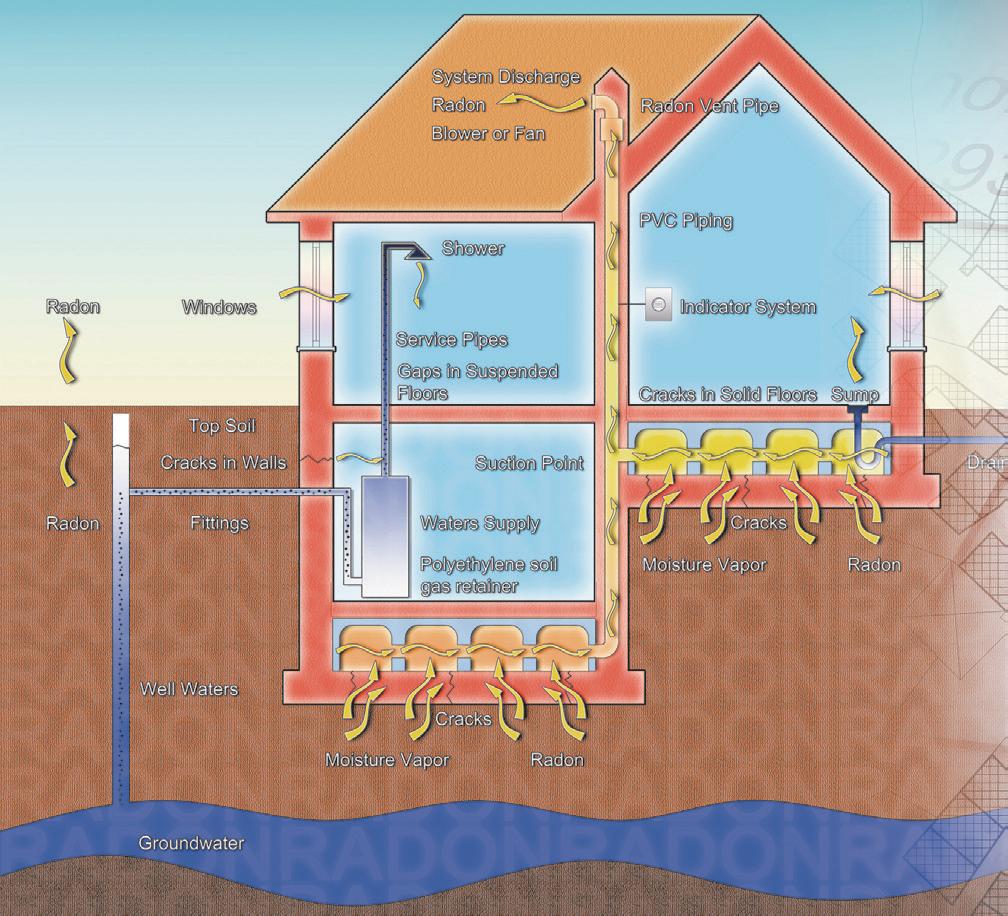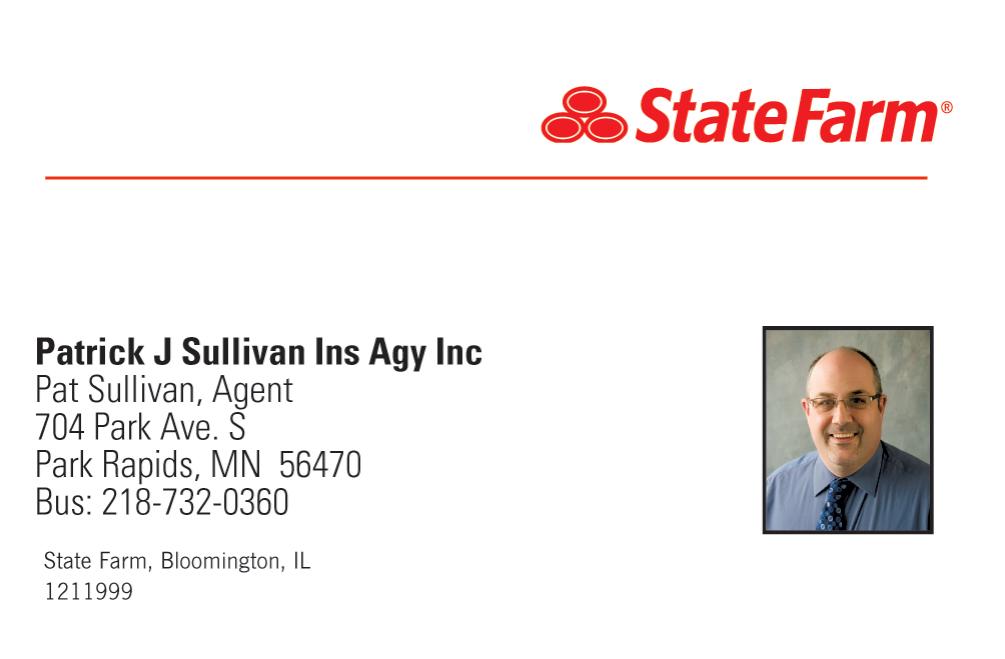
2 minute read
Protect yourself from radon
April 20208 Protect yourself from radon
Boomers on the Move
BY KARIN HAUGRUD Columnist
If there was something you could do to prevent the second leading cause of lung cancer, would you do it? Performing a radon test is easy, inexpensive, and can be done privately. This simple test can tell you if you have elevated radon levels in your home.
On Jan. 13, 2005 the Surgeon General of the U.S., Dr. Richard Carmona, issued a health advisory warning Americans about the health risk from exposure to radon in indoor air. The nation’s chief physician urged Americans to test their homes to find out how much radon they might be breathing.
Why is radon a common problem in Minnesota homes? Much of the soil in the Upper Midwest contains widespread uranium and radium. These minerals continuously break down to release radon gas; therefore, Minnesota’s geology provides an ongoing supply of radon.
A study conducted by the Minnesota State University-Mankato discovered radon is a cancer-causing, radioactive gas commonly found in various concentrations throughout the Midwest, especially in the south-central Minnesota area.
Radon is a product of the breakdown of uranium
found in soils and rocks. Minnesota soils are rich with uranium due to past glacial deposition about 10,000 years ago. The arrowhead of Minnesota tends to be less of a radon threat area because the iron ore in the soils acts as a cap, or lid, to prevent radon from diffusing from the soil.
Radon is a radioactive gas. It is formed by the natural radioactive decay of uranium in rock, soil and water. Naturally existing, low levels of uranium occur widely in Earth’s crust.
Radon is colorless, odorless, tasteless and chemically inert. Once produced, radon moves through the ground to the air above. It can be found in all 50 states. Unless you test for it, there is no way of telling how much is present.
How does radon get into a building? Most radon enters a building from the soil or rock beneath it. Radon and other gases rise through the soil and get trapped under the building. The trapped gases build up pressure. Air pressure inside homes is usually lower than the pressure in the soil; therefore, the higher pressure under the building forces gases through cracks and openings in floors and walls into the building.
Every home is unique due to its local soil, construction details, maintenance and degree of depressurization. For this reason, test results from nearby homes cannot be relied upon to predict the radon level in another home.
It is recommended that all Minnesota homeowners test their homes for radon. The results of a properly performed radon test will help homeowners determine for themselves if they need to take further

action to protect their family from the health risks of radon in the home. A simple test can tell you if you have elevated radon levels in your home. Do-it-yourself, short-term (3-7 day) radon test kits are sold at hardware stores and local public health offices. This article is made possible with Older Americans Act dollars from the Land of the Dancing Sky Area Agency on Aging. Call the Senior LinkAge® One Stop Shop at 800-333-2433 to speak with an information specialist, or check out our website at MinnesotaHelp. info. MinnesotaHelp.info is an online directory of services designed to help people in Minnesota find human services, information and referral, financial assistance, and other forms of help.






